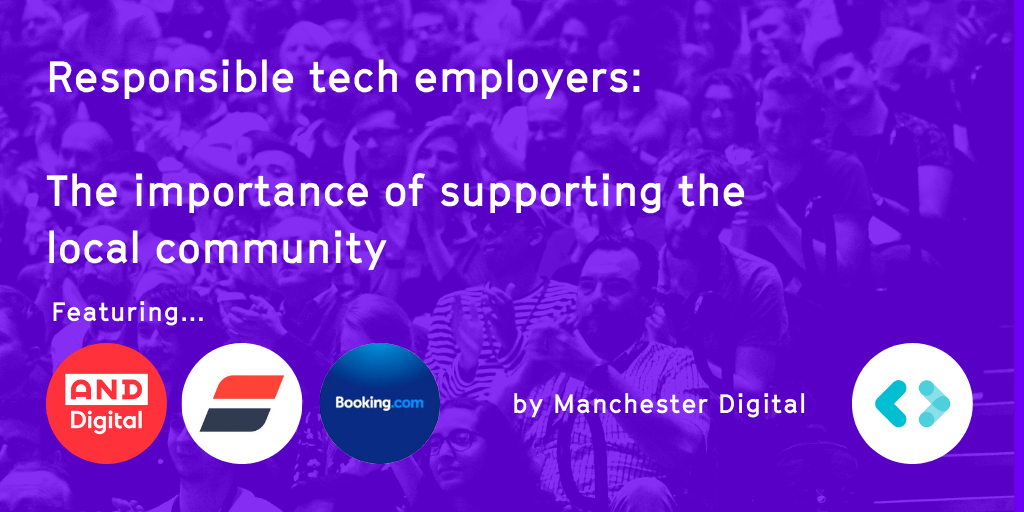7 years ago, Openreach declared its plan to phase out the use of analogue telephone networks. As we approach the monumental PSTN switch-off, the world of telecommunications is undergoing a transformative shift towards ‘voice over internet protocol’ (VoIP). This technological leap is more than just a response to the switch-off; it’s an invitation for businesses to embrace the future of communication.
In this article, we will explain what the PSTN switch-off is, how VoIP works, and how you can prepare your business for the future of communication.
What is the PSTN Switch off?
The Public Switched Telephone Network (PSTN) is the traditional landline connection which will be closed by Openreach in December 2025. Phone lines will be upgraded to VoIP technology which uses the internet and operates over a fibre-based infrastructure.
To avoid disruption, businesses must develop a plan and find the right technology partner to support them during this transition.
What is VOIP?
VoIP is a technology that operates over a fibre-based infrastructure, allowing you to make and receive calls over the internet, bringing together voice and data services with built-in security and protection.
What are the benefits of moving to IP Telephony?
1. Cost Savings
IP telephony offers several benefits over traditional phone systems, including cost savings, scalability, and flexibility. Here are some of the ways in which IP telephony can help businesses save money:
- Calls: By using internet connections for voice calls, businesses can save up to 30% on phone bills, 75% on operational calls, and 90% on international calls.
- Hardware: By using existing devices and infrastructure, it reduces the need for costly on-premise equipment.
- Maintenance: Issues can be solved faster and remotely.
- Expanding: It is easy to onboard new employees by adding new users and locations without the need to buy additional hardware.
In addition to cost savings, IP telephony is also user-friendly, reliable, and resilient. It offers a range of integrated voice services and collaboration tools that can help businesses communicate more effectively and efficiently.
2. Unified Communications & Collaboration
Teams can communicate and collaborate across different devices, locations, and applications with VoIP. It creates ease when accessing voice, video, chat, and screen sharing from any device with an internet connection. This also improves flexible and hybrid working working capabilities as well as productivity.
3. Mobile VoIP
Mobile VoIP allows businesses to use their phone devices to make and receive VoIP calls over the internet, instead of the cellular networks. This can reduce the cost and increase the quality of the calls, as well as provide a consistent business number and features across different devices and locations.
Mobile VoIP also enables flexible and remote workforces to communicate and collaborate effectively using unified solutions that can switch seamlessly between different devices and applications. It provides flexibility, scalability, and visibility, regardless of where the employees are or what device they use.
It is an efficient and low-cost way to communicate using mobile devices.
Preparing for the Future
VoIP is a technology that can help your business communicate more effectively, efficiently, and affordably. By switching to VoIP before the PSTN switch-off in 2025, you can enjoy the benefits of VoIP and avoid the disruption of losing your landline service.
To learn more read our full e-guide here.
Contact us today to review your cloud telephony requirements at info@vcg.group








